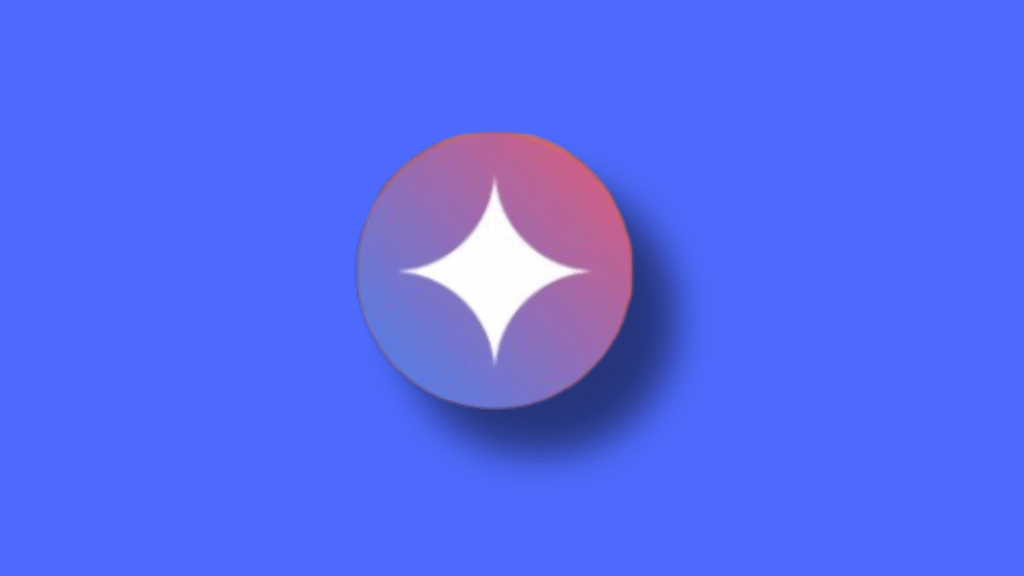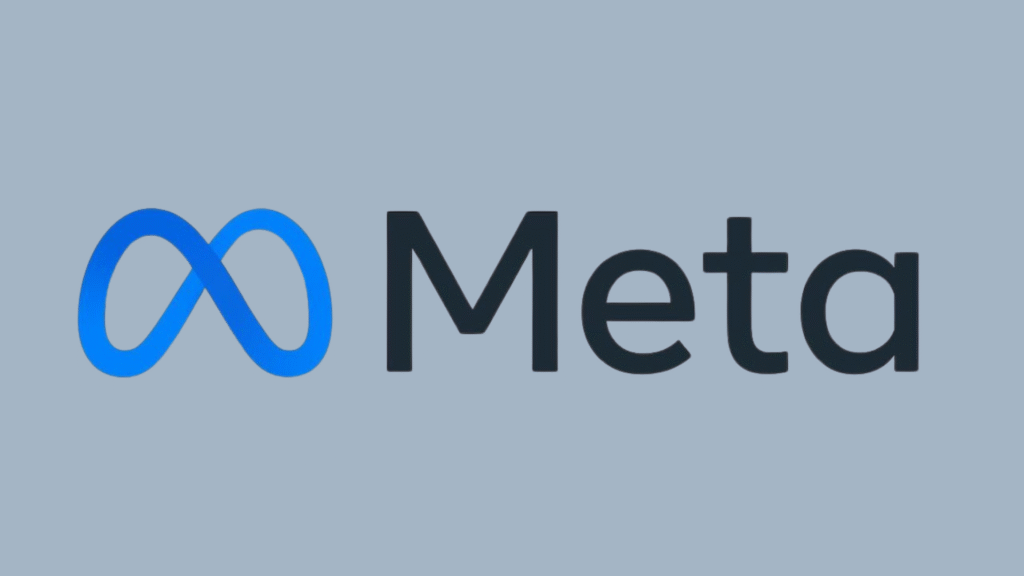Building innovative AI-powered apps in 2025 means more than picking the biggest model or the fastest GPU; it’s about smooth, reliable, and transparent integration. Nothing kills momentum like poor documentation or clunky APIs. In this review, we break down the most developer-friendly AI platforms, focusing on their API quality, documentation, community, and overall developer experience.
Why API Quality and Documentation Matter
- Fast onramp: Great docs and SDKs mean you can go from “Hello World” to a robust prototype in minutes—not hours.
- Error reduction: Sample code, clear error messages, and thorough references save you from endless debug cycles.
- Scale and maintainability: Well-designed APIs make scaling features or swapping out models less painful as your project grows.
- Community support: Developer forums, public roadmaps, and tutorials ensure you’re never stuck when you hit a blocker.
The Key Players (2025)
1. OpenAI

API Design
- Restful, consistent endpoints for chat, completions, embeddings, vision, audio, and function calling.
- Granular parameter control (temperature, max tokens, system prompts, etc.).
- Powerful function calling for connecting model outputs to external tools.
Documentation
- Extensive, beginner-friendly documentation with quickstarts, guides, interactive API reference, and real-world code samples.
- Active changelog, public beta features, and versioned API docs.
- Playground for prompt testing and code generation in browser.
SDKs/Tools
- Official libraries for Python, Node.js, and community SDKs in more languages.
- Code snippets embedded in docs for common use cases.
Strengths
- Widely adopted; tons of third-party tutorials and integrations.
- Detailed error codes.
- Enterprise: Advanced throttling, monitoring, and API management.
Weaknesses
- Rate limits can be tight on free/low-cost plans.
- Some advanced model features (e.g., function calling) are model-specific.
2. Anthropic (Claude API)

API Design
- Clean, minimal REST API with simple payload structure for chat, completion, and streaming.
- Supports large context windows (up to 200K+ tokens in Claude 3 Opus).
- Easy to specify system prompts and context control.
Documentation
- Straightforward API reference, quickstarts, sample requests.
- Safety and alignment guidance for production apps.
SDKs/Tools
- Official Python library; clear instructions for raw HTTP requests.
- UI playground for rapid prompt iteration.
Strengths
- World-class for ease of use—especially for chatbots, long-form summaries, or Q&A.
- Stable versioning.
- Helpful, safety-focused deployment tips.
Weaknesses
- Ecosystem and community are growing, but not as large as OpenAI.
- Fewer sample apps and advanced workflow examples.
3. Google Gemini API & Vertex AI

API Design
- REST and RPC APIs (Gemini, PaLM, and Vertex AI) with rich support for multi-modal input (text, image, tabular data, vision, video).
- Powerful batch, streaming, and async job support.
- Integrated with Google Cloud authentication and security.
Documentation
- Polished, extensive API docs for Gemini, Vision, and Vertex.
- Interactive guides, code samples, open API explorer, and SDK playgrounds.
- OpenAI-compatibility layer for Gemini (bring your prompts/integrations).
SDKs/Tools
- SDKs for Python, Java, Go, Node.js, and cloud CLIs.
- Google AI Studio for rapid prototyping.
Strengths
- Top-notch integration with Google Workspace and Cloud.
- Multi-lingual docs, plenty of security/compliance examples.
- Free API keys and generous rate limits for testing.
Weaknesses
- More complex auth for non-Google environments.
- Some APIs shift quickly with new releases (keep an eye on deprecations).
4. Hugging Face
API Design
- Simple RESTful API for “Inference Endpoints” on thousands of open-source models.
- Standard interface—just send your input, get output, done.
- Supports custom deployments and private models.
Documentation
- Clear API reference, quickstarts, and usage docs for each model.
- Large, active forum for Q&A and troubleshooting.
- “Zero-to-hero” guides for everything from NLP to vision.
SDKs/Tools
- Hugging Face Transformers library for Python—integrates API and local models.
- Public “Spaces” for running code and demos.
Strengths
- Massive model variety—NLP, vision, audio, tabular, more.
- Community-reviewed models and code examples.
- Friendly to hobbyists and researchers, not just enterprises.
Weaknesses
- Performance and SLA can vary for free/community-hosted models.
- Docs are model-centric—high-level orchestration left to the user.
5. Meta (via third-party APIs like OpenRouter or AWS Bedrock)

API Design
- Integrates Meta’s LLaMA models through universal APIs and partner platforms.
- Open weights allow private hosting, but managed API options often come from third parties.
Documentation
- Third-party dependent; OpenRouter and Hugging Face offer consistent, well-documented APIs for LLaMA/Meta models.
- Community sourcing of bug fixes, improvements, and wrapper libraries.
SDKs/Tools
- Vary by provider (OpenRouter, Hugging Face, AWS Bedrock).
Strengths
- Open-source ecosystem—ideal for those needing custom/private deployments.
- Unified API from partners makes multi-model integration easier.
Weaknesses
- Inconsistent quality across docs and SDKs.
- Some engineering overhead for self-hosting.
6. Qolaba AI Studio
API Design
- Unified, model-agnostic API for text, vision, audio, and multi-modal tasks.
- Lets you call 60+ top-tier models (OpenAI, Anthropic, Google Gemini, Meta, Cohere, Mistral, etc.) with a single endpoint.
- Flexible routing: fallback, chaining, and A/B testing between providers.
Documentation
- Clean, structured docs with sample integrations for every major use case (chatbots, RAG, content gen, vision, etc.).
- Cookbooks and workflow templates for advanced orchestration.
- Public roadmap and feature-request tracker.
SDKs/Tools
- Official SDKs for Python, Node.js, Java, and more.
- Visual designer for no-code and low-code integrations.
- Sandbox for API testing with detailed logs/tracing.
Strengths
- One API key for all major models—no more managing 5+ credentials.
- Transparent, usage-based pricing; credits work across providers.
- Best for teams that want to test, compare, and deploy best-in-class models without rebuilding code every time.
Weaknesses
- Less suitable if you want to exclusively lock in to a single vendor’s latest beta features.
- Newer community (but growing) compared to Hugging Face or OpenAI.
Comparative Summary
- OpenAI: Most popular—balanced power, great docs, vibrant community, best for rapid prototyping and production apps in English.
- Anthropic: Outstanding for chat and document-heavy apps; super clean API, evolving ecosystem.
- Google Gemini: Multimodal power with “big company” documentation polish; generous free access.
- Hugging Face: Ultimate playground for open-source and research, with great Python tooling.
- Meta (LLaMA): Best for open-source purists and on-premise control, but integration varies by platform.
- Qolaba: The unified, model-agnostic approach for teams craving flexibility, robust orchestration, and scalable multi-provider AI in production, with strong documentation and a rapidly growing toolkit.
How to Choose
- Evaluate Use Case Fit: Are you building a chatbot, data pipeline, or custom vision app? Some APIs excel for specific domains.
- Start with Documentation: The best APIs let you try, test, and debug with minimal friction. Prioritize platforms with up-to-date docs, API explorers, and live code samples.
- Test Community Support: Forums, Discords, and Stack Overflow matter—see how quickly you can get help.
- Plan for the Future: Does the API/SDK support feature control, model upgrades, and swapping providers if needed?
- Read the Roadmap: Active platforms publish changes, deprecations, and feature launches; avoid stale APIs for critical projects.
Conclusion
Developer experience is the new competitive edge in AI platforms. In 2025, OpenAI, Anthropic, Google Gemini, Hugging Face, Meta (via providers), and Qolaba stand out for their API design, docs, and support ecosystems. For flexibility and streamlined, multi-model access, Qolaba AI Studio is setting a new standard, especially for teams committed to speed and scalability.





